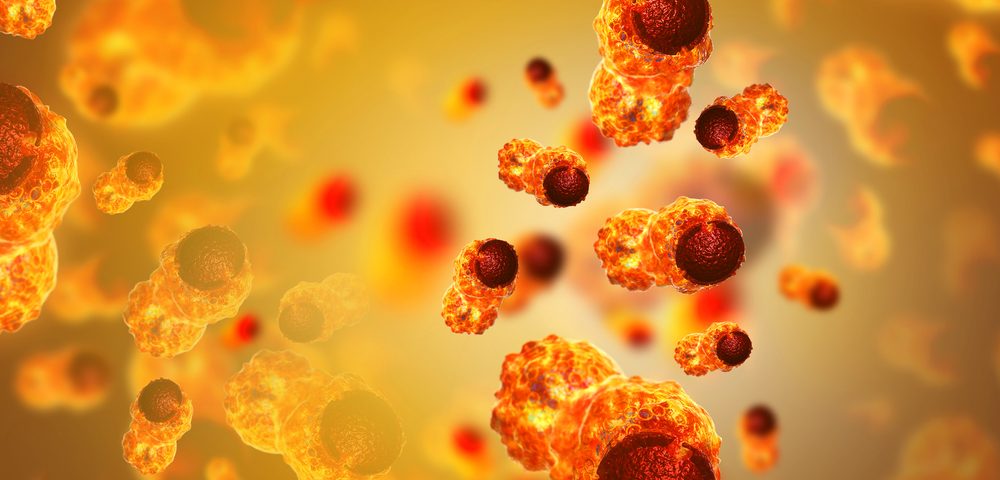A new approach that uses light-activated gold nanoparticles is being tested in a small clinical trial as a way to eliminate prostate cancer in patients with localized tumors.
The method is thought to be precise enough to avoid negative effects such as incontinence and impotence, and could be an alternative to radical treatments or active monitoring.
“This therapy could be life-changing for men diagnosed with prostate cancer,” Steven Canfield, MD, chair of the division of urology at Texas’ McGovern Medical School at UTHealth, said in a press release. Canfield recognized the potential of the nanoparticles to treat prostate cancer and helped develop the trial.
Treatments for localized prostate cancer — which include prostate surgery, radiation therapy, and hormone therapy — are typically associated with adverse events that can affect patients’ quality of life.
Active monitoring is now being offered as an alternative to radical treatments, but despite having fewer adverse events and similar survival rates at 10 years, patients still face a higher risk of having their cancer spread to distant regions.
Nanospectra Biosciences‘ gold nanoparticles are being developed as a way to eliminate prostate cancer without the harmful side effects of other approaches.
“The side effects of current prostate cancer treatments can be extremely traumatic. This new technology holds the potential to eliminate those life-altering effects, while still removing the cancer tissue and reducing hospital and recovery time,” Canfield said.
The approach is called AuroLase Therapy and uses nanoparticles called Auroshells — small spheres of silica glass wrapped in a thin layer of gold.
A unique feature of these gold nanoparticles is that once illuminated with an infrared light — which is harmless and can penetrate human tissue — they absorb its energy and vibrate, creating a heat wave that kills cancer cells.
Auroshells are small enough to accumulate in the tumor through its leaky vasculature, but are unable to cross vessels in healthy tissue, making them highly specific to tumor sites.
Once they accumulate in the tumor, researchers use a near infrared laser and optic fiber probe — already cleared by the U.S. Food and Drug Administration — to shine light directly onto the tumor site to clear the cancer.
The ongoing clinical trial (NCT02680535) will include 45 men with localized prostate cancer with a low to intermediate risk of progression. Patients must have their cancer regions visible through MRI/US fusion imaging — a technique that combines magnetic resonance imaging and ultrasound and for real-time procedures such as biopsies will be used to guide the laser irradiation 12 to 36 hours after auroshells are injected.
Three months after AuroLase Therapy, patients will undergo MRI/US fusion guided biopsy to determine the treatment’s efficacy. A second biopsy will be done one year after treatment. Researchers will also measure the rate of adverse events related to near infrared illumination.
“The fusion of MRI and ultrasound imaging technology that we use to accurately identify and diagnose the cancer, combined with the extreme precision of the gold nanoshells in targeting the diseased cells, allows us to be incredibly accurate at obliterating them,” Canfield said. “I am excited as we continue tracking the progress of this groundbreaking improvement to prostate cancer care.”

